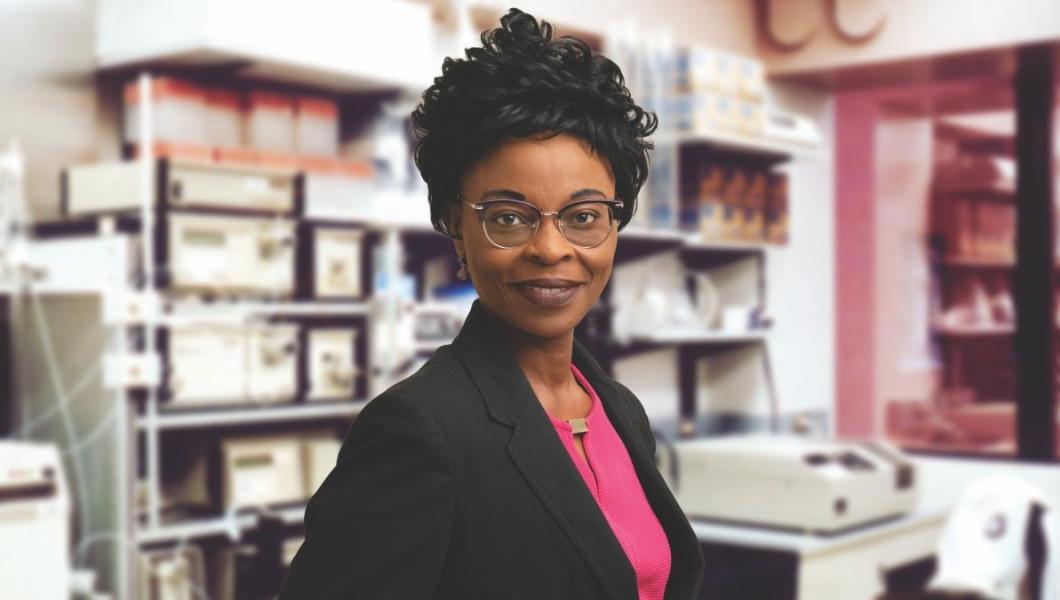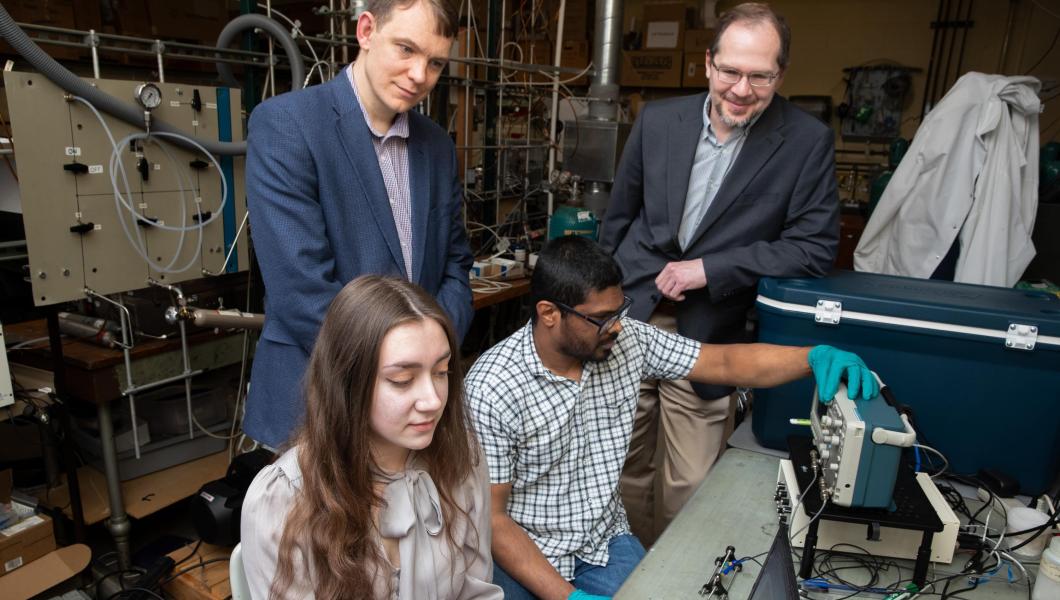NJIT Chemist to Study Elusive Molecules Key to Cell Health with NSF CAREER Award

New Jersey Institute of Technology (NJIT) chemist Pier Alexandre Champagne has received a National Science Foundation CAREER Award to advance the understanding of sulfur-containing molecules that are key to cellular defense and health, but transform so quickly into different compounds — within fractions of a second — that scientists have struggled to understand them.
The $785,000 award will support Champagne’s project to develop new tools to produce these quick-changing molecules for study, while using advanced computational methods to predict their behavior. In addition, the award will support educational initiatives to enhance organic chemistry learning.
“Sulfur compounds are surprisingly prevalent and important in biology,” said Champagne, an assistant professor in NJIT’s Department of Chemistry and Environmental Science. “They serve as signaling agents, as modulators of enzymatic activity and even as antioxidants. However, many of these compounds are so-called ‘reactive sulfur species’ — meaning they are transient, often unstable molecules that we’ve not been able to isolate in order to study their properties.”
The project builds on Champagne’s research into polysulfides — long chains of sulfur atoms that his lab began investigating in 2020. That initial work, supported by the American Chemical Society Petroleum Research Fund, revealed important gaps in scientific understanding of these compounds that are found in many areas of chemistry, from polymer science to biochemistry.
“I did not appreciate at the time how important sulfur-containing molecules are for mammalian cells, and how poorly we understand their roles,” said Champagne. “Our combined experimental and computational approach could offer a new way to address these challenges.”
To address the challenge, Champagne’s team is developing synthetic compounds, or “donors,” of reactive sulfur species that can release these molecules in controlled conditions using light activation. The team plans to design these donors using specialized light-sensitive molecular structures called BODIPY photocages, which will allow studies about the reactivity and biochemical effects of different types of sulfur compounds — including persulfides and hydrotrisulfides — that are crucial to cellular chemistry.
“Our project employs two complimentary approaches,” said Champagne. “We’re making new donors of reactive sulfur species that can release the compound of interest under specific conditions and exploring their intrinsic reactivity patterns using computational chemistry. Together, the insights that we generate through experiments and computations could clarify the roles such molecules can play.”
Champagne says his lab’s computational methods will help predict how these molecules behave in living cells, providing a more complete picture of their biological roles. The research could improve understanding of how sulfur-containing molecules help cells fight oxidative stress — a form of cellular damage linked to aging, heart disease and other medical conditions.
“What the field needs is an influx of new donor platforms not only to study the reactive sulfur species that are of interest right now, but to allow the study of future, even more underexplored compounds,” said Champagne. “I’m excited about the discoveries we will make with the support of the NSF.”
The CAREER Award will also support expansion of Visualize Organic Chemistry —an online educational platform that Champagne’s lab created to enhance organic chemistry literacy through interactive animations and tutorials.
The project, “Advancing the Chemical Understanding of Reactive Sulfur Species Through Photoactivated Donors and Computational Tools,” will run from September 2025 through August 2030. The award is funded through NSF’s Chemical Mechanism, Function, and Properties Program of the Chemistry Division.

